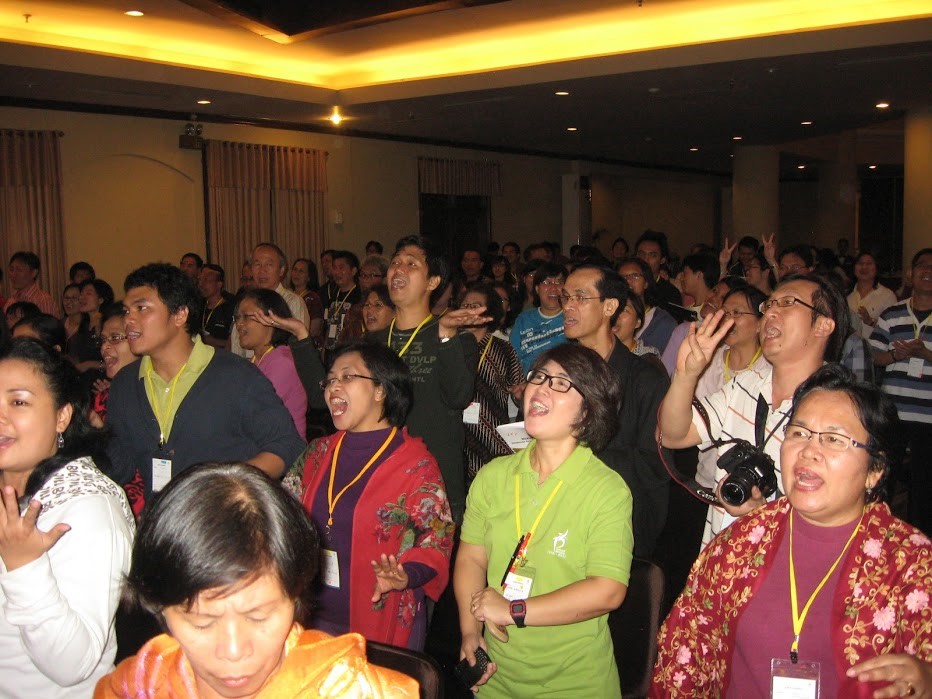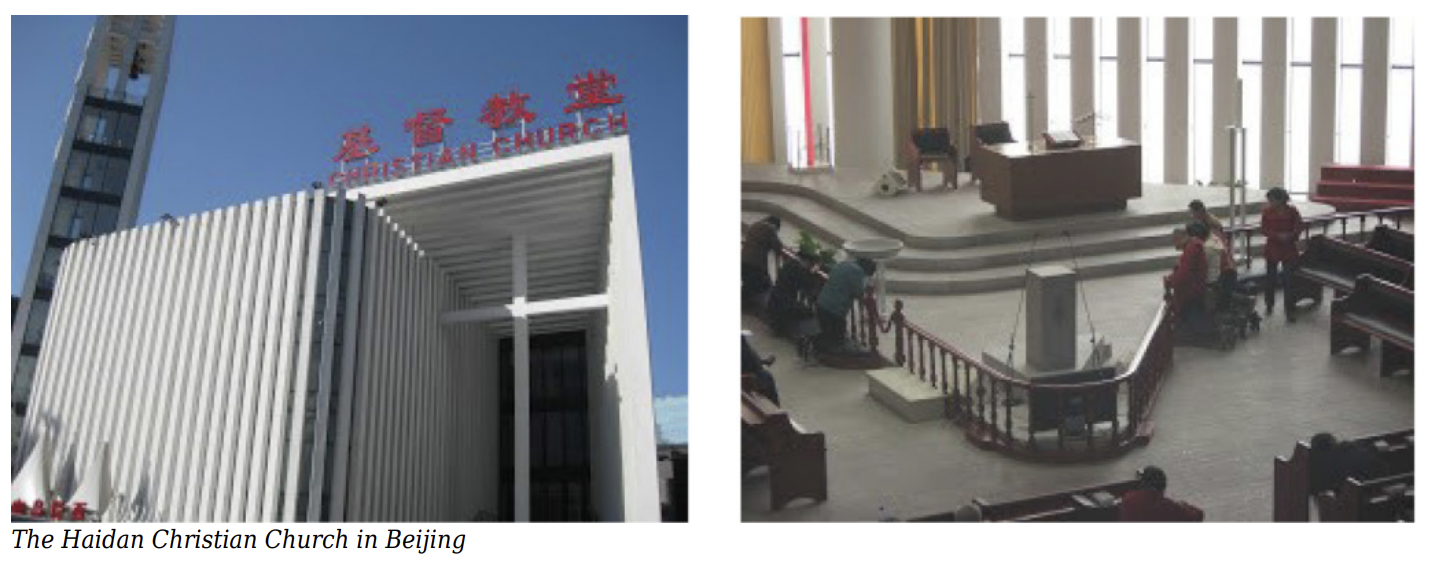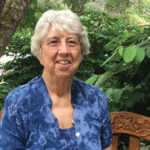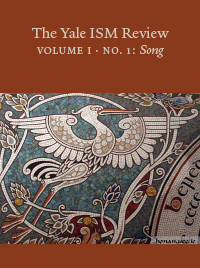Emily R. Brink
One of the joys of traveling is to worship with communities far from home and discover they sing a song you know. A song born in one context can be adopted in another, and both communities can claim that same song as their own. The unity of the body of Christ comes to expression in new ways when we sing the same song together across geographical, cultural, and denominational boundaries.
I’ve been intrigued lately by the concept of adoption as a response to the basic human need to belong, to not be alone in this world. The concept of adoption took on new interest for me when I became the adopted grandmother of an adopted child, now eight years old. Experience as a hymnal editor has also shaped my thinking, as new hymnals embrace more songs from around the globe. We’ve never had so much to choose from.
For centuries, Christian songs migrated almost exclusively from the West to the East and South. Western missionaries brought the gospel around the world, carrying with them not only their Bibles but their psalters and hymnals. As a result, many classic Western hymns are known and loved around the world. But, as the Christian church continues to grow in the global East and South and produces many new songs from communities of faith there, the traffic has begun to flow in the other direction. This article explores a few adoptions in both directions, based on international worship experiences. The examples are drawn from two hymnals published in 2013, Lift Up Your Hearts (LUYH), of the Christian Reformed Church in North America and the Reformed Church in America, and Glory to God (GtG) of the Presbyterian Church (USA).
Migration from the West
Isaac Watts’s metrical version of Psalm 90, sung to the tune ST. ANNE, is probably the most widely sung setting of that psalm in the world today. My most powerful experience of singing it was in a worship service in Ghana. The service began with a choir processional, and then we all sang
O God, our help in ages past,
Our hope for years to come.
Something happened to me in Ghana that day. I understood as I never had before, that “they” were not singing “our” song, but that both American and Ghanaian churches have adopted this song from England. Both countries were colonized by England, and both have received “O God, Our Help in Ages Past” by adoption.
At a 2012 worship conference in Indonesia, a festival of favorite hymns was held at which, to my astonishment, I knew almost all of them. They sang Fanny Crosby’s “Blessed Assurance”[1] exuberantly. This song, which was so popular In the United States, is known around the world because Christian missionaries shared it. In 2008, I attended a Fanny Crosby hymn festival at the Kampong Kapor Methodist Church in Singapore. It celebrated the release of a song collection and CD entitled Blessed Assurance: Hymns of Fanny J. Crosby, with fifteen arrangements by composers from Africa, Asia, the Caribbean, and the Americas. Amazing!

The New China Hymnal (1983), the official hymnal of the registered churches in China, holds surprises like the African American spiritual “Lord, I Want to Be a Christian in My Heart.”[2] At the Gangwashi Church in Beijing, I told them that this song had come from African slaves, but it was eventually adopted by descendants of slave owners and finally, in the late twentieth century, made its way into North American hymnals. I wondered with them who might have chosen this song for their Chinese hymnal. Could it have been an American who perceived a connection between this spiritual from suffering slaves and the suffering of the Chinese people during the Cultural Revolution? Then they sang it — in Chinese, of course, most from memory, and many with tears. They had adopted this song, and it had become theirs before they had any idea of its origin. By learning where it came from, they came to understand more deeply why it meant so much to them. They were united in suffering with adopted brothers and sisters in Christ whom they had not known before. This song was their song.
The adoption agents in these three examples were missionaries who had brought songs from Western psalters and hymnals. Over the past fifty years however, because of new technologies and globalization, a whole new level of migration has occurred. The Internet and social media have accelerated the process of song adoptions — along with much more of Western culture — around the world. There are adoptions of new hymns in the classic tradition: Carl Daw, for example, has two hymns translated in the Hymnal 21 of the United Church of Christ in Japan. But Western youth culture, via the Internet and social media, is now the major adoption agent. At Beijing’s Haidian Church, near the university district, many students came to an English service, partly out of curiosity and partly to practice their English. As they sang “Lord, I Lift Your Name on High”[3] over and over, I saw many young people take cell-phone photos of each screen projection so that they could take the song home with them.

In Sub-Saharan Africa, Christians faced the challenge of adopting musical expressions which, although traditional to local cultures, had been suppressed by missionaries as unsuitable for worship. In a 2004 interview, Dr. A.A. Agordoh, a leader in the Evangelical Presbyterian Church in Ghana, told me that his church was very concerned in the 1970s about losing its young people. After much study and prayer, the leaders decided to move beyond the cultural restrictions taught by missionaries generations ago, and to allow dance and drumming in worship — two aspects of African song that are part of their cultural heritage. That decision was crucial in indigenizing Christian worship in their culture. The same story has been repeated throughout much of Africa and beyond. The church in Africa has witnessed remarkable growth, and an important part of that growth came when the people were encouraged to develop their own songs in their own musical languages.
Migration to the West
The Western church is now blessed to be on the receiving end of a growing repertoire of global songs that offer new life to worship in the West. The hymnals Glory to God and Lift Up Your Hearts added dozens of songs from Africa, Asia, and Latin America, many in the original languages. The process of international song adoption can be documented by comparing the last two editions of these and many other North American hymnals. Although quite new, this process is already in full swing, with songs offered now for adoption at the congregational level. A remarkable Index of Genre and Musical Styles in Lift Up Your Hearts lists twenty-one categories of genres and traditions, including Settings from Africa; Asia and the Pacific Islands; Latin America and Southern North American Countries, States, and Regions; and even a category of Settings from the Middle and Near East. The latter is the area most neglected by the larger Christian church and a place of great suffering today, but it possesses a rich heritage of congregational song.
In general, African songs were the first to be adopted, especially some of the freedom songs from Southern Africa like “Siyahamba/We Are Marching.”[4] A study of the last three editions of North American hymnals reveals that even the presence of African American song is relatively recent in hymnals used by white congregations. We might ask whether the adoption of some African American spirituals now appearing in hymnals paved the way for acceptance of songs from Africa, or if the direction was the other way round. African American songs were first collected in separate publications before being adopted by denominational hymnals; James Abbington lists eighteen such hymnals and supplements published since Vatican II.[5]
The growing number of Latinos in the United States has certainly sparked interest in adopting songs from Latin America. Church-music publishers have provided some separate Spanish-language hymnals, but many Latin American songs with bilingual texts have now been adopted in English-language denominational hymnals. “Pelas dores deste mundo/For the Troubles”[6] is a powerful example from Brazil that helps Christians pray for justice in a suffering world.
Asian songs have been the most challenging to adopt. There is so much diversity, so many languages and cultures, that fewer Asian songs have found their way into Western hymnals. Nevertheless, the vibrancy of an Asian hymn festival led by Swee Hong Lim and Chi Yi Chen at the July 2014 conference of the Hymn Society in the United States and Canada had everyone singing with exuberance, especially the Korean song “Jukkeseo wangwiye/The God of Glory.”[7] This song may find its way into many Western congregations long before the next generation of hymnals.
Concluding Thoughts
Even as North American hymnals are starting to include many songs from around the world, local communities continue to wrestle with diversity within their own context. Vast numbers of people are migrating. Refugees, torn from their homelands, are settling in new places, including new places in North America: people from around the world are moving into our neighborhoods, not only in the major urban centers, but also into smaller cities and towns. Sometimes they form their own congregations by language and culture, at other times they show up at traditionally Anglo churches. A lot is at stake when it comes to acknowledging the unity of the body of Christ in ways that move beyond toleration and hospitality to adoption into our worshiping communities.
Perhaps the international song adoption process may also pave the way for adopting more of the maturing body of worship songs from contemporary North American culture. The same kind of wrestling with questions of culture and authenticity that took place in Ghana in the 1970s needs to happen in North America. The us/them divide among and even within some North American congregations is still very deep when considering so-called “contemporary” and “traditional” services. In an effort to help bridge this divide, the contents of both Glory to God and Lift Up Your Hearts have been made available for projection.
Adopting songs from around the world can strengthen our unity as brothers and sisters in Christ in joyful and prayerful worship. The number of songs from around the world that are newly available in North American hymnals and also on licensing lists points to a continuing role for hymnal editors and congregational worship leaders: the role of international adoption agents.
 Emily R. Brink recently retired as Senior Research Fellow at the Calvin Institute of Christian Worship (www.worship.calvin.edu), where she served as program director for their annual Symposium on Worship. Brink has a Masters degree in Organ and Church Music from the University of Michigan and a Ph.D. in music theory from Northwestern University. She was editor of four hymnals, founding editor of Reformed Worship, and remains active in the American Guild of Organists and the Hymn Society of the United States and Canada, which named her a Fellow in 2004 for distinguished service to hymnology.
Emily R. Brink recently retired as Senior Research Fellow at the Calvin Institute of Christian Worship (www.worship.calvin.edu), where she served as program director for their annual Symposium on Worship. Brink has a Masters degree in Organ and Church Music from the University of Michigan and a Ph.D. in music theory from Northwestern University. She was editor of four hymnals, founding editor of Reformed Worship, and remains active in the American Guild of Organists and the Hymn Society of the United States and Canada, which named her a Fellow in 2004 for distinguished service to hymnology.
FOOTNOTES
[1] GtG 839 in English and Korean; LUYH 363.
[2] GtG 729.
[3] LUYH 610.
[4] GtG 853.
[5] James Abbington, “African American Congregational Song,” in New Songs of Celebration Render, C. Michael Hawn, ed. (Chicago: GIA Publications, 2013), p. 82.
[6] GTG 764; LUYH 663. http://vimeo.com/59751128 (beginning at 32:33); http://www.hymnary.org/hymn/LUYH2013/663.
____
This article is licensed under a Creative Commons Attribution 4.0 License.
All photos by Emily R. Brink.
Recommended Citation: Brink, Emily R., (2014) “International Adoption Agents,” The Yale ISM Review: Vol. 1: No. 1, Article 17.
Available at: https://ismreview.yale.edu/
View article as a PDF: International Adoption Agents
